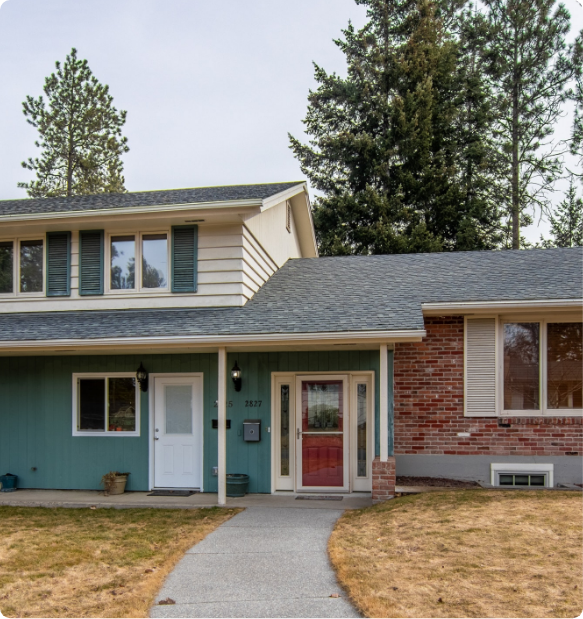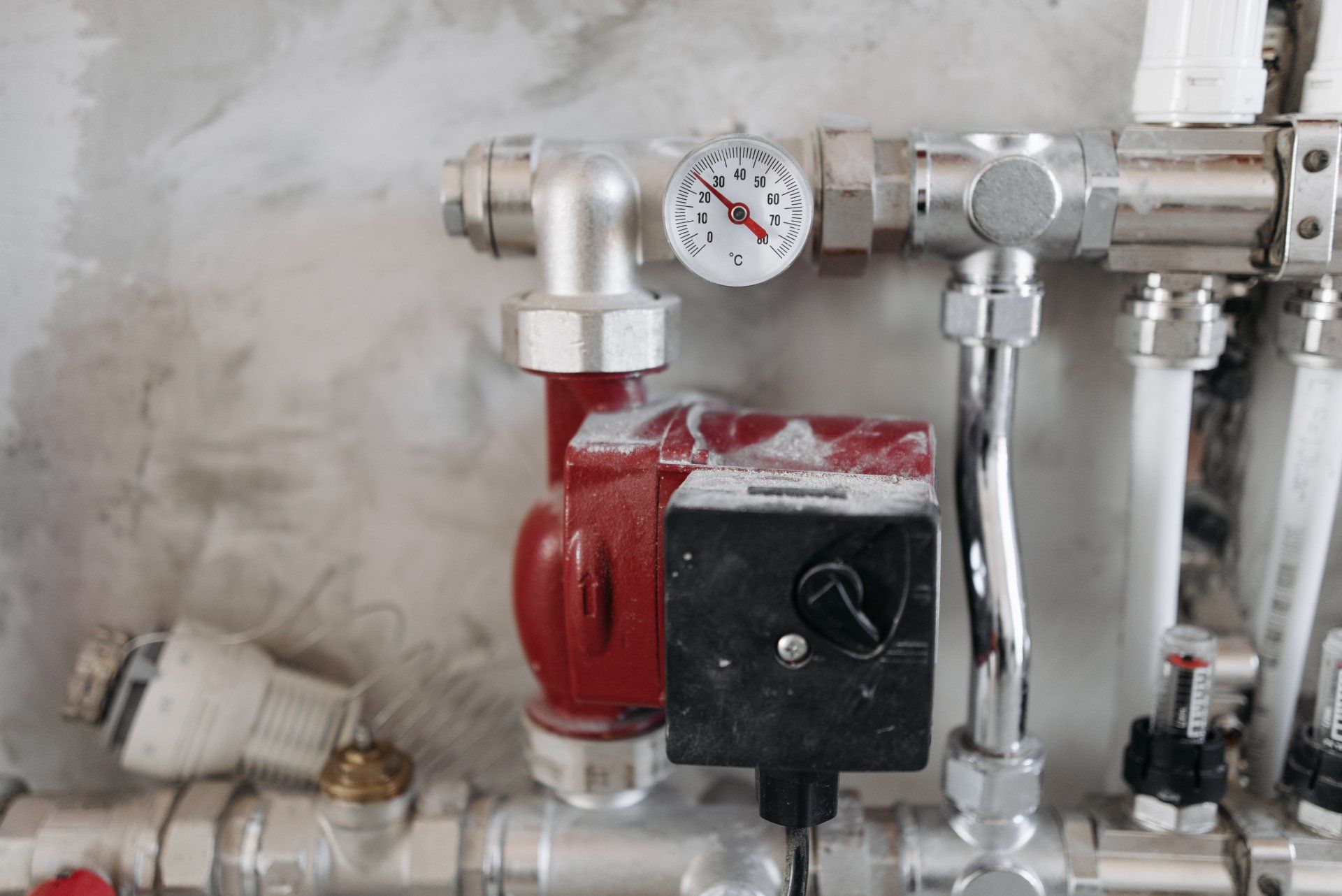Commerical plumbing services
Gas Line &
Pipe Installation

Commercial gas line and pipe installation involve the planning, design, and implementation of gas distribution systems within commercial or industrial buildings. These systems are responsible for safely delivering natural gas or propane to various appliances, equipment, and fixtures that rely on gas for their operation.
Here are key aspects of commercial gas line and pipe installation:
- System Design
- Regulatory Compliance
- Pipe Material and Sizing
- Appliance Connection
- Pressure Testing
- Safety Measures
- Regular Inspections and Maintenance
The gas line installation process involves several crucial steps. Gaining approval from gas distributors or LPG services is the initial step, followed by the installation of the gas meter and gas lines, and finally connecting appliances to the gas systems.
Access to gas through a gas distributor is a prerequisite before any gas line installation can commence. A residential gas supply request or a similar application needs to be submitted to the preferred gas distributor, and upon acceptance, the remainder of the gas line installation process can proceed.
During the gas meter installation, the service line and main gas meter are set up on the property to allow the gas distributor to monitor gas usage for billing purposes. Ensuring the gas meter is securely placed is vital, considering factors such as avoiding placement behind fences or near vegetation.
For installing natural gas, a qualified gas fitter connects the service line from the local area to the property's gas line, a process that may take several days to weeks. Only a fully qualified gas fitter is authorized to connect gas lines from the mains to the home, and a certificate of compliance is required for every installation.

gas line & pipe installation FAQS
